The Pastor of Kilsyth
The Life and times of W.H. Burns
| Weight | 0.38 kg |
|---|---|
| Dimensions | 18.8 × 12.9 × 2.3 cm |
| ISBN | 9781848718715 |
| Binding | Cloth-bound, eBook (ePub & Kindle), Cloth-bound & eBook (ePub & Kindle) |
| format | Book |
| page-count | 312 |
| Original Pub Date | 1860 |
| Banner Pub Date | 2019 |
Endorsements
‘One of the best Scottish ministerial biographies.’ — IAIN H. MURRAY
Book Description
The Pastor of Kilsyth introduces us to the life and ministry of William Hamilton Burns (1779– 1859), the father of the better known preacher and missionary to China William Chalmers Burns (1815–68). But while eclipsed in fame by his son, the life and ministry of William H. Burns contains much that is of value to us today. This is reflected by Iain Murray who referred to The Pastor of Kilsyth as a ‘little known work,’ but notwithstanding this said it is ‘one of the best Scottish ministerial biographies.’ Those who give time to read this book will undoubtedly be led to agree with Murray.
The author of The Pastor of Kilsyth was another son of William H. Burns, Islay Burns (best known as a writer, and as the successor to Robert Murray M‘Cheyne in Dundee). He gave three reasons for writing this biography, and they are still helpful in outlining its value. Islay Burns first said that he aimed to introduce his readers to a ‘humble, unobtrusive, loving, cheerfully serious, and quietly conscientious country clergyman.’ What we have here then is the life of an ‘ordinary’ faithful pastor. He held no prestigious pulpit, he held no important professorship in theology. He founded no institution. He simply laboured in relative obscurity, but did so faithfully and with perseverance. Yes, he ultimately saw great revival. But along the way there were spiritually discouraging days in the nation, there was personal hardship (for example, the early death of children) and sacrifice (for example, in supporting the founding of the Free Church of Scotland he gave up his manse and church building) and years of no great visible fruit.
In our celebrity-driven age (from which the evangelical church is far from exempt), this is exactly the kind of life we need to study. We need to be reminded of the beauty, dignity and ultimately the glory of humble, obscure Christian service (Matt. 10:42). Yes, we need the towering leaders of men like John Calvin and John Knox. However, the great work of the church is ultimately carried forward by those who receive little earthly reward and recognition (but great is their reward in heaven!). William H. Burns was one of these, and we need many like him in our day.
— from the introduction
Table of Contents Expand ↓
| Publisher’s Introduction | vii | |
| Preface | xiii | |
| I | Birth and Childhood (1779-1791) | 1 |
| II | Boyhood and College Life (1791-1799) | 15 |
| III | Early Pastoral Life (1800-1821) | 39 |
| IV | The New Century and the New Age: A Retrospective Glance at the Times (1800-1821) | 65 |
| V | Parochial Work (1821-1830) | 73 |
| VI | Home Life (1821-1830) | 91 |
| VII | Longings for Revival (1830-1838) | 99 |
| VIII | Longings Fulfilled (1839) | 113 |
| IX | Fruits and Results (1839-1859) | 143 |
| X | Disruption Times and Closing Scenes (1843-1859) | 153 |
| XI | The Last Enemy (April and May, 1859) | 165 |
| XII | Rest | 177 |
| ILLUSTRATIVE REMAINS– | ||
| Lecture on the Mode of Conducting a Revival: Errors and Evils to be avoided. (One of a course on the subject of Revival, delivered in Glasgow by various ministers of the Church of Scotland in 1839.) | 187 | |
| Sermon I. Isa. xxvi. 19 | 231 | |
| Sermon II. Ps. cx. 3 | 247 | |
| Sermon III. Prov. xx. 6 | 261 | |
| Sermon IV. Isa. xxviii. 16 with 1 Pet. ii. 6 | 281 |
John Macarthur on The Pastor of Kilsyth
More items to consider:

History of the English Calvinistic Baptists 1791-1892
From John Gill to C.H. Spurgeon
Description
Endorsements ‘One of the best Scottish ministerial biographies.’ — IAIN H. MURRAY Book Description The Pastor of Kilsyth introduces us to the life and ministry of William Hamilton Burns (1779– 1859), the father of the better known preacher and missionary to China William Chalmers Burns (1815–68). But while eclipsed in fame by his son, the […]
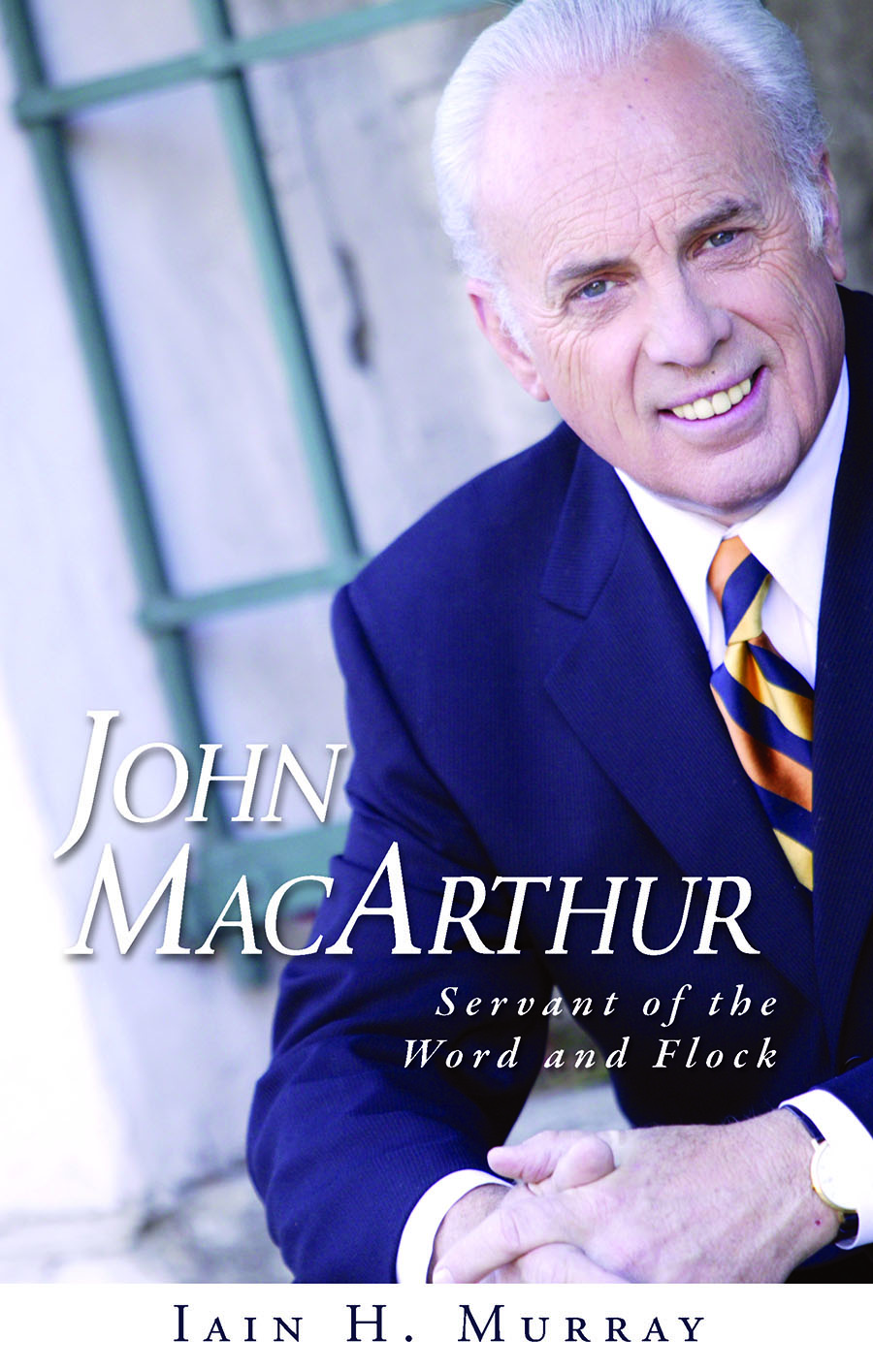
John MacArthur
Servant of the Word and Flock
Description
Endorsements ‘One of the best Scottish ministerial biographies.’ — IAIN H. MURRAY Book Description The Pastor of Kilsyth introduces us to the life and ministry of William Hamilton Burns (1779– 1859), the father of the better known preacher and missionary to China William Chalmers Burns (1815–68). But while eclipsed in fame by his son, the […]
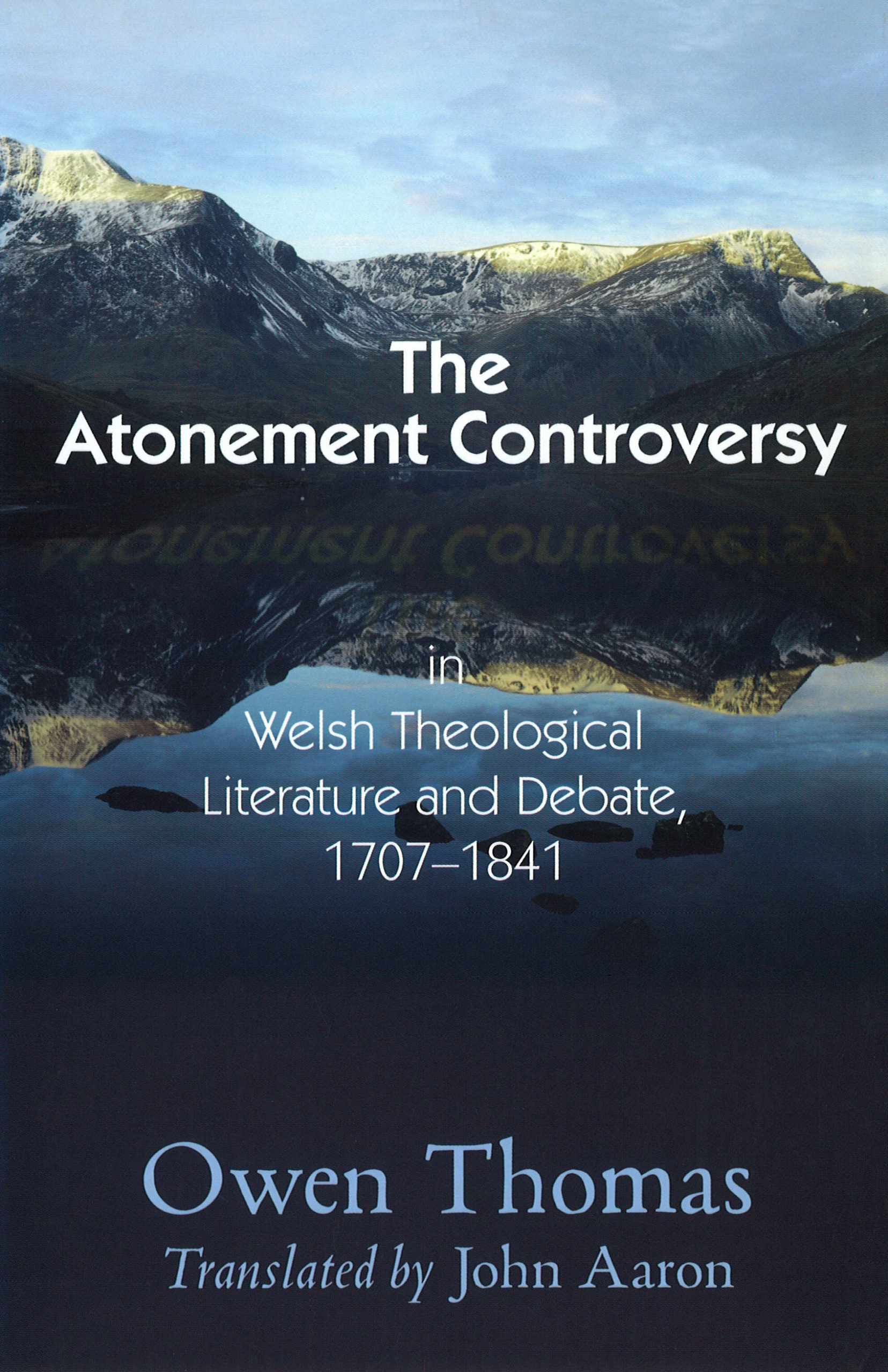
The Atonement Controversy
In Welsh Theological Literature and Debate, 1707 - 1841
Description
Endorsements ‘One of the best Scottish ministerial biographies.’ — IAIN H. MURRAY Book Description The Pastor of Kilsyth introduces us to the life and ministry of William Hamilton Burns (1779– 1859), the father of the better known preacher and missionary to China William Chalmers Burns (1815–68). But while eclipsed in fame by his son, the […]


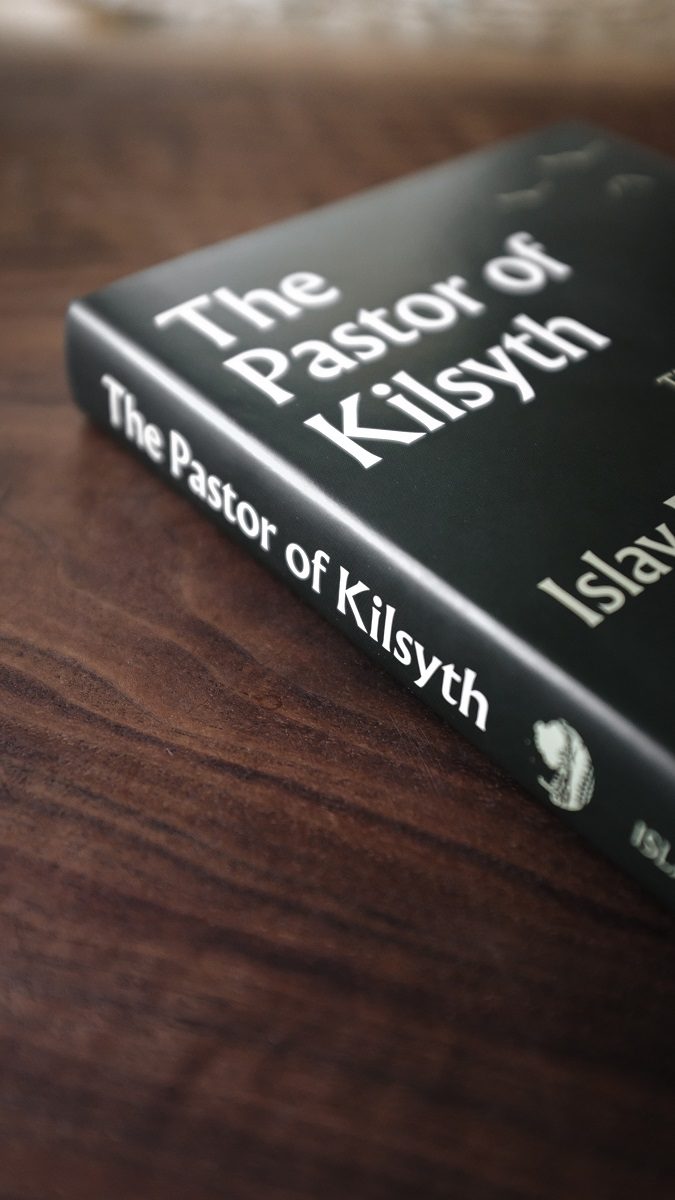
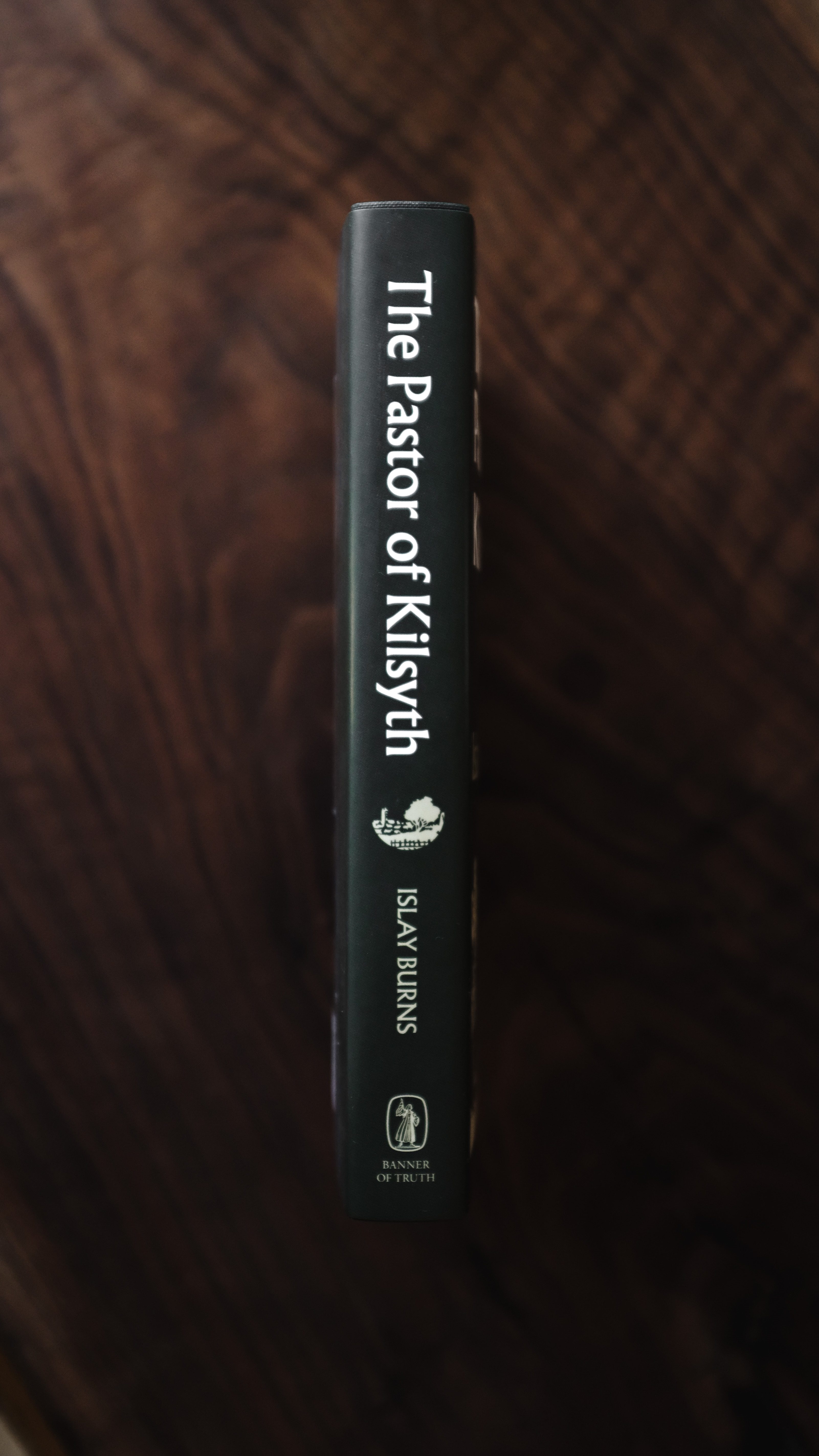

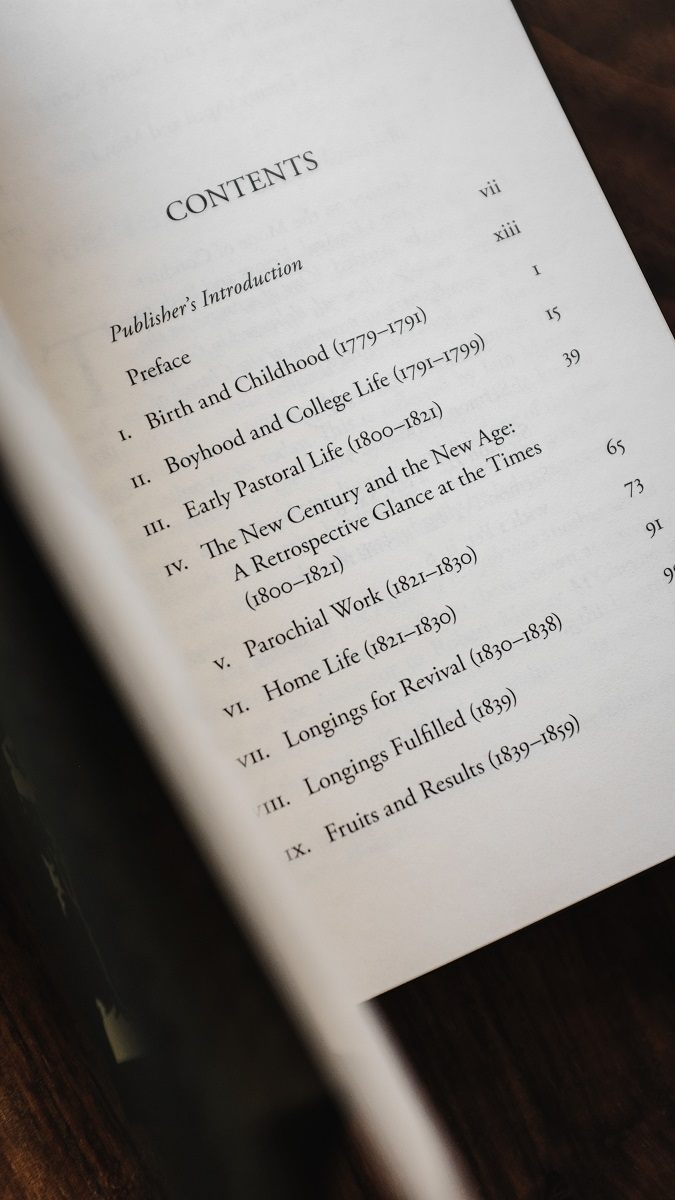
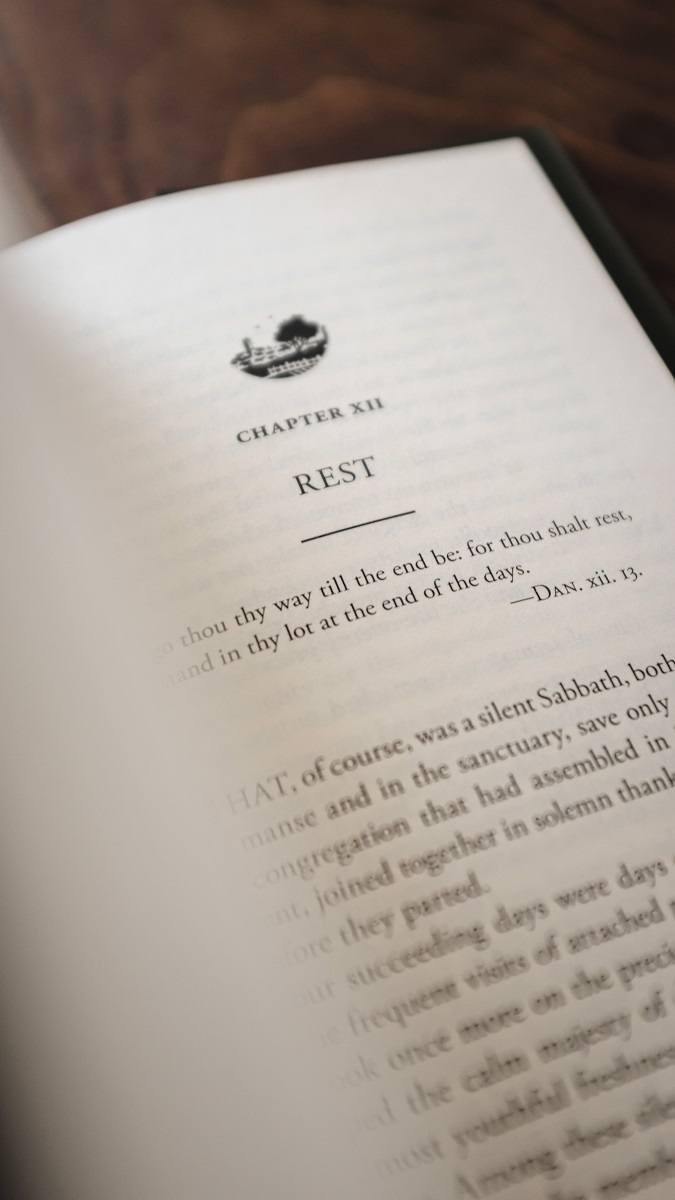
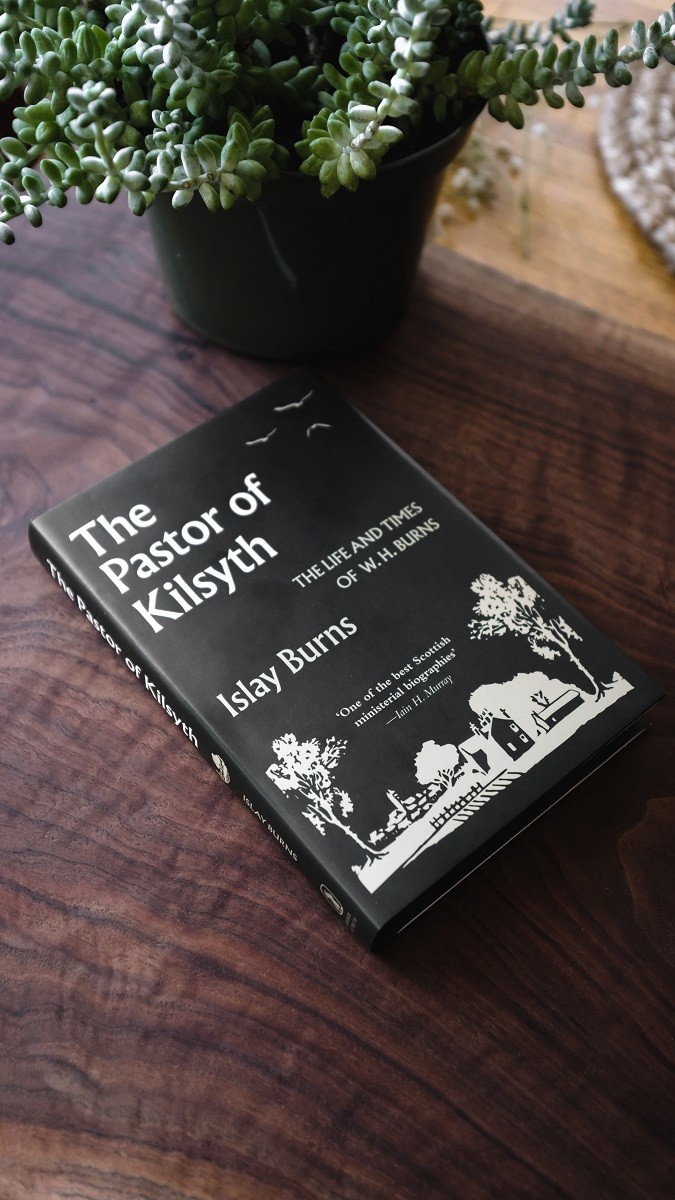

Daniel Gumprecht –
The best word I can use to describe this biography is beautiful. A beautiful example of this faithful minister. A beautiful portrait of faithful ministry. A beautiful Savior whom Burns served with his whole heart. You will be moved, stirred, and compelled to spend yourself for the Lord in like manner. Warmly commended.
Kyle kearbey –
I love to read of the great men who are known and seen throughout church history. Men, like, Whitefield, Knox, Spurgeon, men captured by the eyes of church history. However, I am convinced I have received a greater blessing for my ministry to the local church by reading of this obscure man’s faithfulness to the bride of the blessed Lord Jesus. Let us labor relentlessly for the smile of Christ, not men.
Michael Burchfield –
In a day when the ‘pastor as superstar’ is a common pastoral model, a biography such as this is refreshing. W. H. Burns was pastor of a small parish in Kilsyth, Scotland (population 4,260 people of whom 2,900 lived in town – pg 74). Pastor Burns would, like the majority of all pastors everywhere, have lived, served and passed off the scene totally unknown accept to his people left behind, had his son not written this brief account of his life.
-The strengths of the bio for me was a) the description of the times in which he lived, which framed his service for Christ; b) brief descriptions of his pastoral labors; c) a glimpse into his home life and the character and work of his wife; d) the description of the spiritual awakening which took place in and around Kilsyth during his ministry; and e) his thoughts on the maintenance of a religious revival.
-In addition, his ‘plainness’ was encouraging – and illustrated that slow and steady faithfulness to one’s calling as a minister of the gospel of Christ eventually bears fruit – not in terms of the building of a ‘personal empire’ but rather, in changes for good in individual lives.
-I recommend this biography, and especially to young pastors.
Ben House –
I suspect that many well read Christian folks will see the title and author of this book and say, “Never heard of them.” I was one such reader, having never heard of W. H. Burns, who pastored in Kilsyth (in Scotland) or of his son and biographer Islay Burns. That is actually a reason for wanting and needing to read this book. We can all fall for the very inaccurate idea that God has worked through Luther, Calvin, Knox, Edwards, and Kuyper in the past and is working through the big name pastors in the present, but the rest are merely filler for the Kingdom advances.
Having recently finished reading and reviewing A Big Gospel in Small Places: Why Ministry Matters in Forgotten Communities by Stephen Witmer, I have been thinking about the small, obscure, unknown, often undesired, and underrated areas of service in God’s Kingdom. I confess to being in awe of the big names from past and present and astounded by the mighty works of Spurgeon, the Hodges, Kuyper, and others. Rightly so, but that overlooks the many pastors, leaders, teachers, missionaries, and faithful Christians whose only written biographies are the dates on their tombstones.
There is another hindrance to this book: Style. First published in 1860, this book reads like all too many biographies of that time. Many bore titles like “The Life and Letters of ****.” The books are short on actual probing into the thoughts, struggles, and conflicts of the subjects, but are strong on their virtues, spiritual attainments, and often wordy letters and sermons. This doesn’t appeal to the modern reader, nor does it dig much into the person being examined. Some might call it hagiography, which means writing of the lives of the saints.
This style does not suit modern scholarship. It contains a lack of dimensions of the complexities of a person’s life. It verges toward flowery and noble language.
But I commend these types of books. The style may be a challenge for those of us who have been influenced directly and indirectly by the likes of Ernest Hemingway’s prose style, Freud’s psychoanalytical probing, and modernity’s quest to puncture every heroic figure from the past. The biographers were never seeking to tell the untold secrets of their subjects. They were writing biographies with pastoral intent. Their Scriptural touchstone is Hebrews 11.
Cultivate a love of this style of writing. Cultivate an appreciation of these types of biographies. Cultivate a hunger for this type of spiritual nourishment.
I should add that the main motivation for me to embrace the book was the words on the dust jacket from Iain Murray: “One of the best Scottish ministerial biographies.” Add a second witness: George Grant, a preferred author, preacher, teacher, who called The Pastor of Kilsyth one of the best book he read this year.
William Hamilton Burns (1779-1859) pastored in the Scottish community of Kilsyth for most of his working life. Islay Burns writes of his father: “He preached the Word; dispensed the sacred supper; warned the careless; comforted the sorrowing; baptized little children; blessed the union of young and loving hearts; visited the sick, the dying, buried the dead; pressed the hand, and whispered words of peace into the ear of mourners, carried to the poor widow and the friendless orphan the charity of the church and his own; slipped in softly in some happy home and gently broke the sad news of the sudden disaster far away; lifted up the fallen one from the ground, and pointed to Him who receiveth the publicans and the sinners….”
This very aptly constitutes the main and most necessary labors of the typical pastor. Even if he is also a renowned scholar, even if he is employed elsewhere during the week, even if he has numerous other labors and distractions, these things define ministry.
Scottish church history is still a puzzle to me at points. I don’t always understand the church structures and polity, the conflicts and divisions, and the customs that were all familiar to the Scots of the past. This does not prevent the reader from finding many points of similarity between Burns’s day and ours. However, there is a degree of intensity that recurs in these accounts. My own spiritual life seems really paltry, weak, and thin compared to what the people in that day and time thought, believed, and said. Maybe there is an exaggeration in the writing style of that time. But perhaps there is a greater minimization of Christian living in our time.
So, we need regular workouts with books like this. It should not be dismissed as quaint history, but be viewed as a plan for our own spiritual exercises. God’s Kingdom is made up of the obscure, the forgotten, the little known, but what a blessing when one such pastor gets better known some 150 plus years after his life.
And what was said of W. H. Burns be said of many of us: “He was a peculiarly attractive representative of a type of the Christian pastorate which is rapidly becoming obsolete–that is of the quiet, steady, ongoing, conscientiously diligent and calmly earnest country minister, at once the father, the counselor, and the friend of every man, woman, and child within his parochial bounds.”